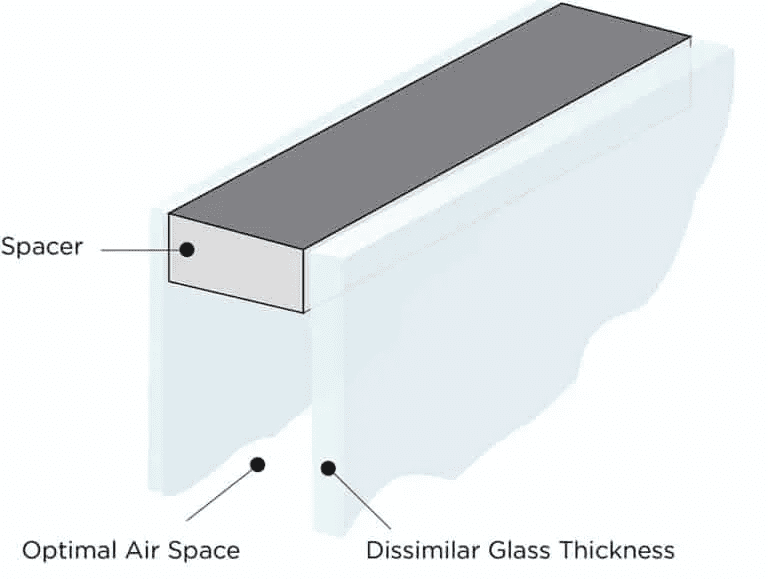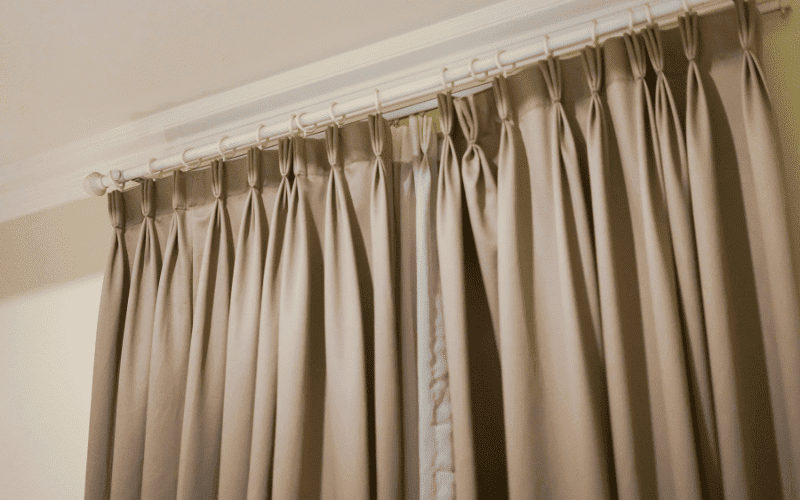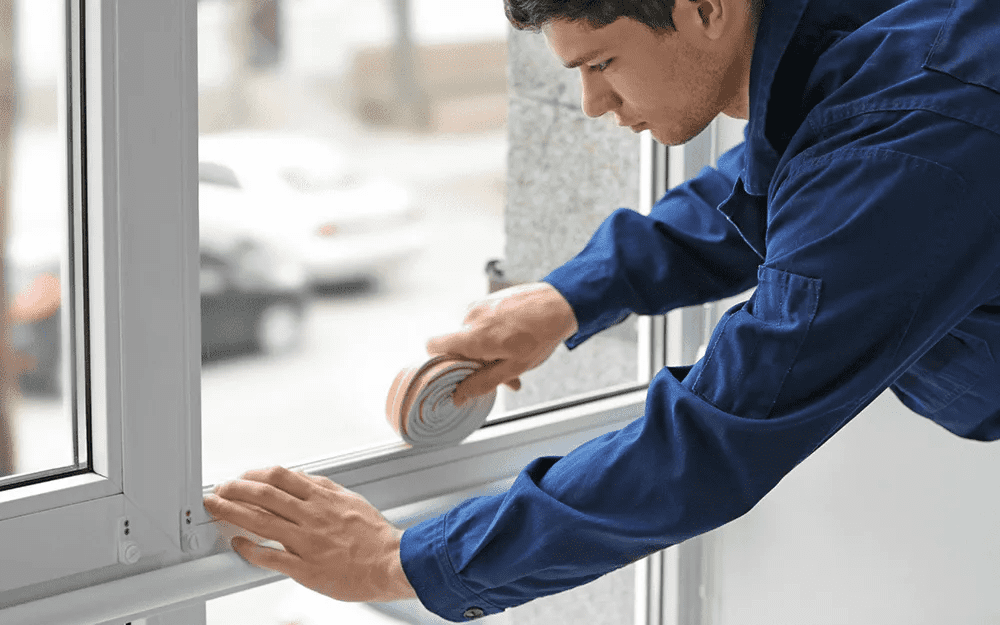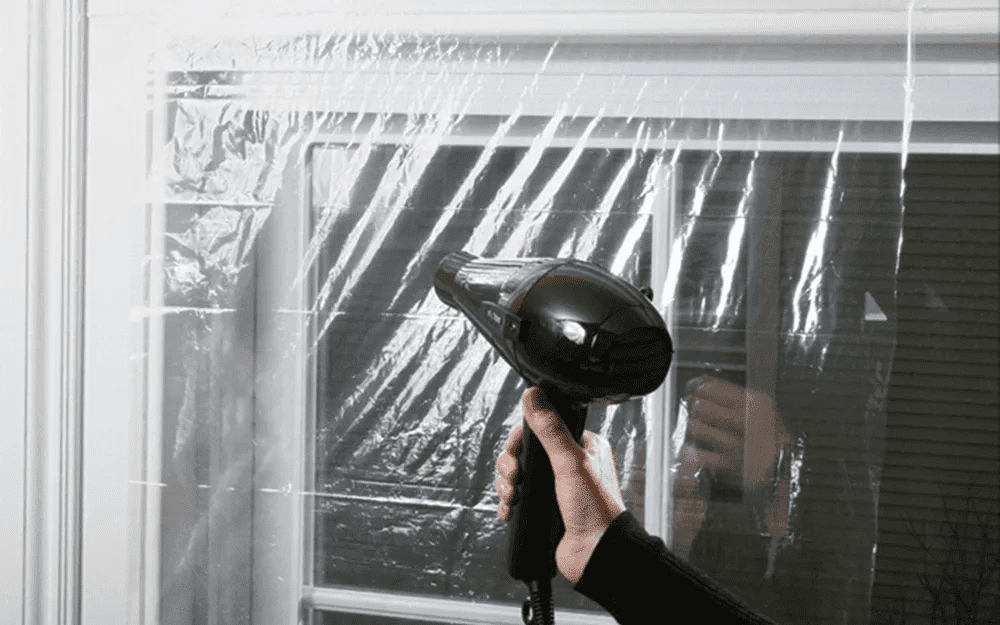Guide to Sound and Thermal Insulation for Windows
In this era of better quality of life, there is an urgent need for advice on how to ensure that windows can effectively insulate against external noise whilst maintaining a stable indoor temperature during the cold winter months and the hot summer months. Here are some tips to help you take a substantial step forward in improving your windows' sound and thermal insulation.
PC Strand play a vital role in our daily lives as elements of a building that are in direct contact with the outside environment. However, sometimes windows can become a conduction medium for noise and temperature fluctuations, affecting our living and working comfort. Therefore, making windows acoustically and thermally insulated is an integral part of improving the quality of the indoor environment.
In this era of better quality of life, there is an urgent need for advice on how to ensure that windows can effectively insulate against external noise whilst maintaining a stable indoor temperature during the cold winter months and the hot summer months. Here are some tips to help you take a substantial step forward in improving your windows' sound and thermal insulation.
What are Noise Reduction Windows?
Noise-reduction windows, also called soundproofing windows or noise-cancelling windows, are designed to fulfil their name by creating a quiet environment. This is achieved by incorporating multiple layers of glass and air, effectively reducing or nearly eliminating outside noise. While it's crucial to acknowledge that no window can provide 100% soundproofing, noise-reduction windows can significantly diminish external sounds by up to 95%.
These windows are assessed using the Sound Transmission Class (STC) rating, which measures their capacity to block out noise. A higher STC rating indicates superior sound-blocking performance. Standard single-pane windows, lacking soundproofing features, typically have STC ratings between 25 and 27. In contrast, high-end noise-reduction windows can achieve STC ratings surpassing 50, highlighting their exceptional noise-reducing capabilities.

How Do Sound Reduction Windows Work?
Sound reduction windows operate based on principles of soundproofing, involving a detailed understanding of the behaviour of sound waves as they travel through air and materials. The effectiveness of sound reduction is achieved by altering how sound waves interact with surfaces.
When sound waves encounter surfaces, their behaviour can vary. Some waves may bounce off surfaces, some get absorbed, and others find their way through. Soundproofing aims to impede or diminish the transmission of sound waves by increasing the distance they must travel and making their path more challenging. Additionally, sound reduction measures work to minimize any resonance or echo that might occur within the materials.
Sound reduction windows employ a combination of materials and design features to disrupt and absorb sound waves, reducing their impact and creating a quieter indoor environment.

Suggestions for Window Soundproofing
Thicker glass
The ability of sound waves to pass through can be reduced by increasing the window glass quality. Thicker glass can effectively stop the transmission of sound, especially low-frequency sound.
Install additional panes of glass
Adding multiple panes of glass to a window can increase the barrier for sound waves to pass through. Each pane of glass is an additional barrier that further reduces sound transmission.
Laminated Glass
Laminated glass is made by sandwiching a layer of plastic between two or more glass panes. This technique helps to dampen and absorb sound waves, making it more difficult for sound to penetrate the window.
Soundproof curtains
Choosing specially designed soundproof curtains is also an effective way to improve the quietness of the indoor environment. These curtains feature a multi-layer design with dense fabric and acoustic padding that effectively absorbs and slows down sound wave transmission. When selecting soundproof curtains, consider thicker, denser materials and ensure their design matches your interior décor.

Seal window gaps
Window gaps are one of the main paths for noise penetration. Sealing tape between the window frame and glass can effectively fill these gaps to reduce air and sound transmission. Choose a highly flexible and durable sealing tape to ensure that it maintains an effective seal over a long period.
Repair cracks and air leaks
Regularly inspect window frames and seals for cracks and signs of air leaks. Even small cracks or drafty spots can lead to reduced sound insulation. Repair them with a weather-resistant adhesive sealing material to ensure the window always remains well sealed and effectively insulates against external noise.
The Main Reason for Choosing Noise Reduction Windows
Noise Control
Windows with noise-reducing features are made especially to lessen the disturbance that outside noise causes to the inside space. In areas of high urban activity or heavy traffic, noise pollution can be severe, adversely affecting residents' quality of life and sleep. Windows with noise reduction features can efficiently block out and lessen noise, making a home or office that is quieter and more serene.
Improved comfort
Constant noise disturbance can lead to fatigue and discomfort. Choosing noise-reducing windows can help improve indoor comfort, allowing occupants or employees to relax and concentrate in a quieter environment, thus improving overall health.
Improve sleep quality
Good health depends on getting enough sleep, and noise from outside sources can interfere with sleep cycles and cause insomnia or sleep deprivation. Noise-reducing windows reduce external noise from entering the home, creating an environment more conducive to restful, uninterrupted sleep.
Increase productivity
In the workplace, noise can seriously disrupt employee concentration and productivity. Designed to minimize outside distractions, noise reduction windows are vital in reducing outside noise disturbances. By creating a quieter work environment, these windows help to increase employee efficiency and productivity.
Privacy
Noise-reducing windows often feature a more airtight design that effectively isolates outside sounds. This not only helps to reduce noise but also adds an extra layer of privacy by protecting occupants from prying eyes and potential eavesdroppers. The increased privacy these windows provide helps create a safer, more focused work or living environment.
Suggestions for Window Insulation
Blinds and Curtains
Curtains provide superior insulation for windows when compared to blinds. However, the combination of blinds and curtains allows for a balanced approach, offering insulation benefits while maintaining control over the amount of sunlight entering the space. During winter, curtains, especially thermal curtains, retain indoor heat by creating an efficient insulation barrier that prevents air movement.

Weatherstripping
Weatherstripping is a convenient solution that is easy to apply and leaves no residue or mess upon removal. When applied to movable window components, it temporarily restricts the window from opening or closing. If there is a desire to open the window, the weatherstripping must be removed. While this may seem like a minor inconvenience, it is generally an acceptable solution, as windows are often kept closed during the winter months.

Caulk
Water-based latex caulk works well for filling in gaps that are 1/4-inch wide or less in the window sash or surrounding glass. This cost-effective and easy-to-apply insulating option is suitable for maintaining a tight seal. It's worth noting that periodic reapplication every one or two years may be necessary due to the expansion and contraction of windows in response to temperature fluctuations. Applying caulk to the exterior of windows can also be beneficial in enhancing insulation.
Window Film
Window film, as the name implies, is a transparent film applied to the interior of windows. Serving as a barrier, this film effectively prevents heat loss and cold air infiltration from outside your home. What sets window film apart is its cost-effectiveness and long-term effectiveness. Requiring no maintenance leaves no impact on the amount of sunlight entering your home or the appearance of your windows. Window film is a practical and efficient solution for insulation.

Draft Stoppers
A draft stopper is a cylindrical cloth usually filled with batting, beans, rice, or sand. Its snake-like shape covers gaps or apertures in doors and windows to act as a fabric weatherstripping solution. Its primary function is to prevent cold air from infiltrating indoors and to keep warm air from escaping outside. Draft stoppers are designed not to obstruct the window or impede its ability to open when necessary. However, they are typically positioned at the bottom of the window and may not cover the top or sides, potentially leaving gaps in insulation if other seals are not secure.
Window Treatments
Thermal curtains, crafted from heavier and thicker fabrics focusing on energy efficiency, are crucial in enhancing insulation and regulating indoor temperatures. Beyond their insulation properties, thermal curtains can block external light sources, such as sunlight or streetlights. By strategically placing these window treatments, you can effectively control the amount of light entering a room, providing energy efficiency and light management benefits.
Integrated application of sound and thermal insulation techniques
Consider window layout
When designing or rearranging windows, consider the location and number of windows to maximize sound and thermal insulation. Avoid exposing large glass areas directly to strong sunlight or noise sources. Temperature fluctuations and noise transmission can be mitigated by adjusting the layout of windows.
Regular window maintenance is critical
Clean Window Surfaces: Regularly cleaning window surfaces helps maintain their brightness and improves the effectiveness of insulation film or curtains. Dust and dirt can reduce the performance of these additional insulation layers, so keeping your windows clean is a critical step in maintaining insulation.
Repair damaged glass: Repair or replace broken or cracked window glass, if any. Damaged glass affects insulation performance and can lead to noise infiltration.
Conclusion
In today's quality-of-life-conscious society, windows' acoustic and thermal performance is crucial to improving the quality of the indoor environment. By adopting a series of scientific and practical techniques and measures, we can make windows a medium for transmitting natural light and a solid defence against noise and temperature fluctuations.
By implementing the aforementioned recommendations, we may lower energy usage and raise living standards, which will have the dual advantages of being economically viable and protecting the environment. In the future living environment, we expect windows to be not only a window for the exchange of information between indoors and outdoors but also a peaceful resort isolated from the outside world, allowing us to enjoy a quiet and comfortable life.
Once you understand the various ways in which windows can be soundproofed and insulated, you can browse our windows online and contact us to find the solution that best suits your needs.